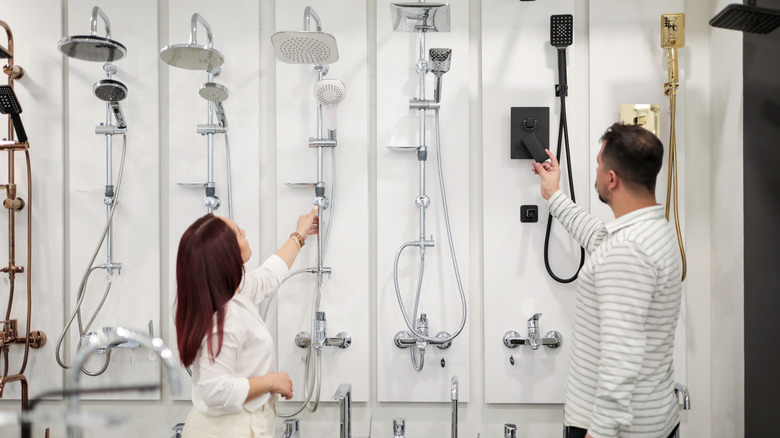Are Low-Flow Bathroom Fixtures Really Worth Buying? Here's What To Know
Low flow does not have to mean weak flow. This misconception is the reason why many people hesitate to buy low-flow faucets. They are designed to deliver the same steady stream or flush as traditional models; however, they have advanced systems to control the excess water. So, are they really worth buying? Yes. Even with controlled flow, they provide the exact comfort you expect from normal fixtures.
Low-flow shower heads and faucets that you get these days use aerators that mix air into the stream, which keeps the pressure strong while reducing total output. Toilets rely on redesigned gravity-flow traps or pressure assist systems that move waste efficiently with much less water. These features allow homes to save water without compromising daily use.
The thing is, different types of fixtures use different quantities of water. For example, a standard toilet uses about 7 gallons per flush, while a low-flow model needs only about 1.6 gallons. Similarly, shower heads generally use 2.5 gallons of water per minute, but with low-flow shower heads, you use only 2 gallons or less. So, if you install low-flow fixtures, you can save large amounts of water. In fact, the Environmental Protection Agency (EPA) also reports that faucets and aerators that are WaterSense certified save an average family around 700 gallons of water (enough for about 45 showers) every year. This way, you can conserve water and also easily save on your water bill.
Why low-flow fixtures are worth the switch
Bathroom fixtures may seem like an unimportant asset for your house. Something you leave for the last moment, but they play a main role in your water consumption. According to EPA, toilets, shower heads, and faucets are the reason behind most of the house's water use. And low-flow faucets can reduce that flow by approximately 30% or more (without compromising feel or function). Fewer gallons of water use also means less hot water to heat. This simple change can reduce the energy demand on your water heater and lead to lowered utility bills.
Another advantage comes from the EPA's WaterSense program. Fixtures with this label are independently tested to confirm they save at least 20% more water than standard fixtures. However, they still meet the strict performance standard. Some states even require WaterSense-certified fixtures in newer homes. So, in the list of things to consider before picking out a new shower head or installing new faucets, you can definitely add looking for the WaterSense label to the top.
Along with efficiency, low-flow fixtures also bring design flexibility. The shape of a fixture can change both comfort and perception of space. You can make your bathroom feel bigger and more open with curved fixtures or rounded profiles. However, if you don't want to replace the fixture, simply adding a low-flow aerator to your old one achieves these savings without changing the appearance. Fixture replacement gives you the chance to pair water efficiency with a style that suits you and your bathroom.

